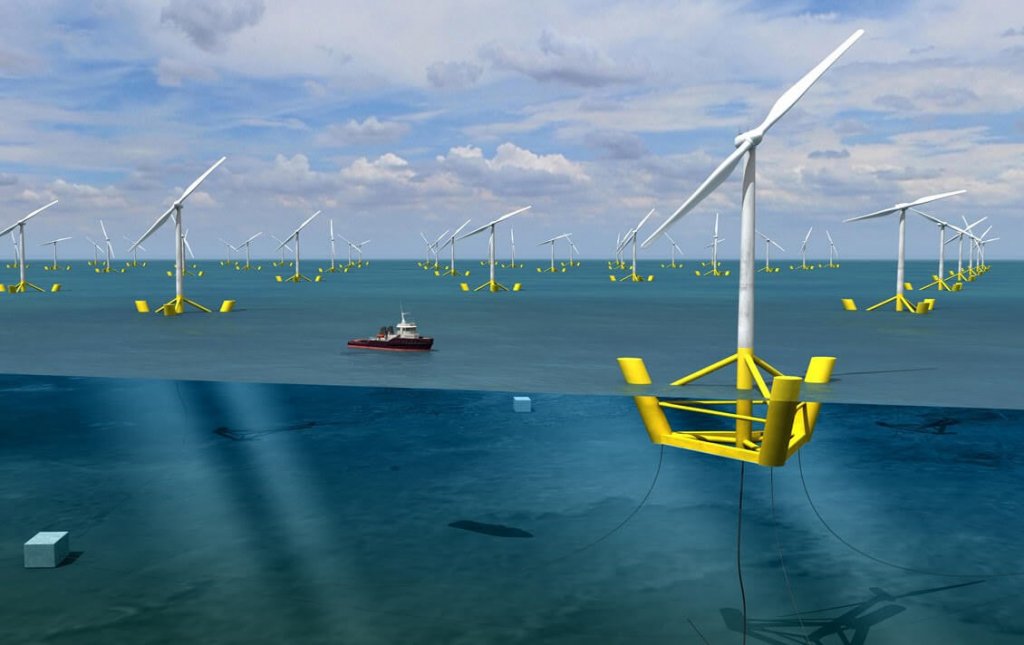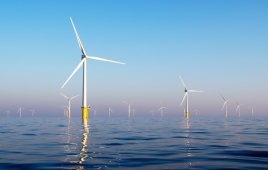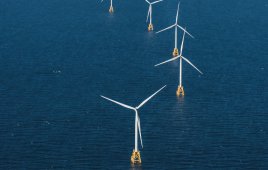James Young / Chief Technology Officer / Business Network for Offshore Wind

Floating wind farms would be ideal for countries with little available land for wind farm development and lots of deep water near shore. Japan and the U.S. fit that bill.
One of the world’s largest floating offshore wind farm is Japan’s Fukushima Forward project. Operational since 2013, it now includes three turbines with a total capacity of 14 MW. This accounts for nearly half of the approximately 30 MW global capacity.
Considering the average European grid-connected fixed offshore wind farm weighs in at 380 MW, you’d be forgiven for thinking floating offshore wind is a drop in the ocean.
However, in the UK alone, Statoil is installing the 380 MW Hywind demonstration project this year–itself equal to current global capacity. By the end of 2018, Kincardine pilot and Hexicon development projects could have added 48MW and 10MW respectively, taking the UK’s total to 88MW.
That rapid increase will not be confined to the UK and owes a lot of debt to the huge technical strides already made in the oil & gas and fixed turbine offshore wind industries. The market opportunity for floating wind is huge and a lot of people might be surprised by the speed of its success.
Why floating wind?
Offshore wind has been one of the biggest renewable energy success stories. In 2016, in Europe alone, there were 3,589 grid-connected wind turbines, with an average capacity of 4.8 MW.
Europe has led the way, at least partially, because it benefits from large areas of shallow seabed. On average, those turbines are in water just 29m deep. This has made Europe an ideal nursery for the fledgling industry, but once you get to depths greater than 50m, fixed-foundation structures increase in cost and complexity. As a result, advanced economies with deeper coastal waters, such as the U.S. and Japan, have fewer suitable sites for fixed-foundation wind farms. Access to offshore wind energy for such sites will depend heavily on floating structures to support turbines in such deeper waters.
Floating’s advantage
Filed Under: Offshore wind




